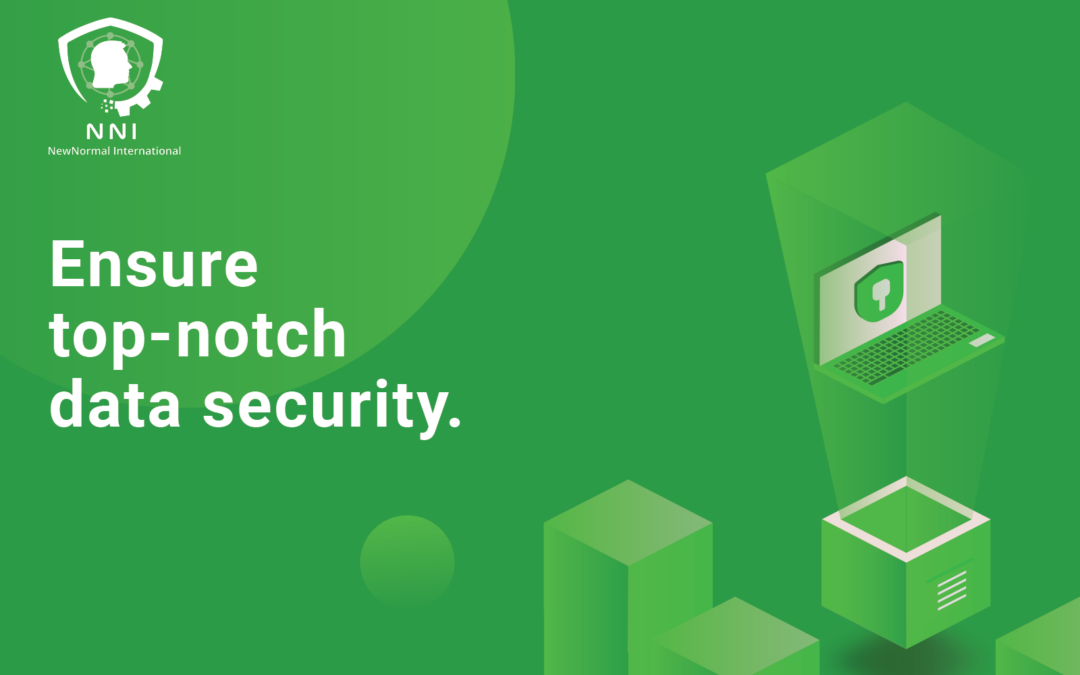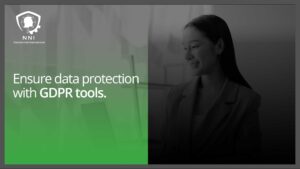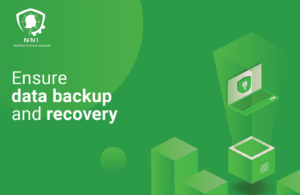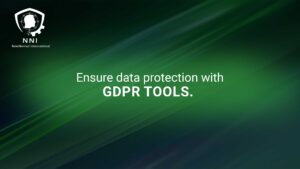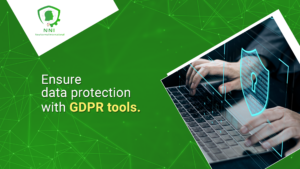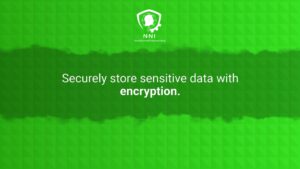Strategies for Ensuring Top-Notch Data Security
In today’s digitally driven world, data security is of paramount importance for individuals, businesses, and organizations of all sizes. Protecting sensitive information from unauthorized access and potential breaches is crucial to maintaining trust and credibility. In this article, we will explore strategies for ensuring top-notch data security without delving into topics that may be considered controversial.
1. Robust Password Policies:
Implementing strong password policies is the first line of defense in data security. Encourage users to create complex passwords that include a combination of uppercase and lowercase letters, numbers, and special characters. Regularly update passwords and avoid using easily guessable information.
2. Multi-Factor Authentication (MFA):
Multi-factor authentication adds an extra layer of security by requiring users to provide two or more verification methods before gaining access to a system or account. This can include something they know (password), something they have (a mobile device), or something they are (fingerprint or facial recognition). MFA significantly enhances security.
3. Regular Software Updates:
Keeping software and operating systems up-to-date is essential. Software providers release updates and patches to address security vulnerabilities. Failing to update leaves your systems exposed to potential threats. Enable automatic updates whenever possible to ensure timely security enhancements.
4. Data Encryption:
Encrypting data both at rest and in transit is crucial for data security. This ensures that even if unauthorized individuals gain access to data, it remains unreadable without the decryption key. Utilize encryption protocols like HTTPS for web traffic and full-disk encryption for storage devices.
5. Firewalls and Intrusion Detection Systems (IDS):
Firewalls act as a barrier between your network and potential threats, while IDS monitors network traffic for suspicious activity. Combining these tools can help prevent unauthorized access and detect potential breaches in real-time.
6. Regular Backups:
Data backups are a critical component of data security. Regularly backing up data ensures that even in the event of a breach or system failure, you can restore your information. Use both on-site and off-site backups for comprehensive protection.
7. Employee Training:
Human error is a common cause of data breaches. Providing employees with training on security best practices can help prevent accidental data leaks. Educate them on recognizing phishing attempts and handling sensitive information securely.
8. Access Control:
Limit access to data to only those who need it for their roles. Implement strict access control policies to ensure that employees can only access the information necessary for their job functions. Regularly review and update user permissions.
9. Security Audits and Penetration Testing:
Conduct regular security audits and penetration tests to identify vulnerabilities in your systems. These tests simulate real-world attacks to evaluate your defenses and discover potential weak points.
10. Vendor and Third-Party Security:
If your organization relies on third-party vendors or services, it’s crucial to ensure they also maintain robust data security practices. Assess the security measures of your partners and vendors to reduce potential vulnerabilities.
11. Incident Response Plan:
Develop a well-documented incident response plan outlining the steps to take in the event of a security breach. Having a clear and timely response can minimize the impact of an incident.
12. Regulatory Compliance:
Stay informed about industry-specific regulations and compliance standards, such as GDPR, HIPAA, or PCI DSS. Ensure your data security practices align with these standards to avoid legal and financial repercussions.
Data security is a critical aspect of modern life, and implementing these strategies is vital to protect sensitive information. By focusing on robust password policies, multi-factor authentication, regular software updates, data encryption, and other key measures, individuals and organizations can ensure top-notch data security.
#DataSecurity #CyberSecurity #InformationProtection #MFA #IncidentResponse


